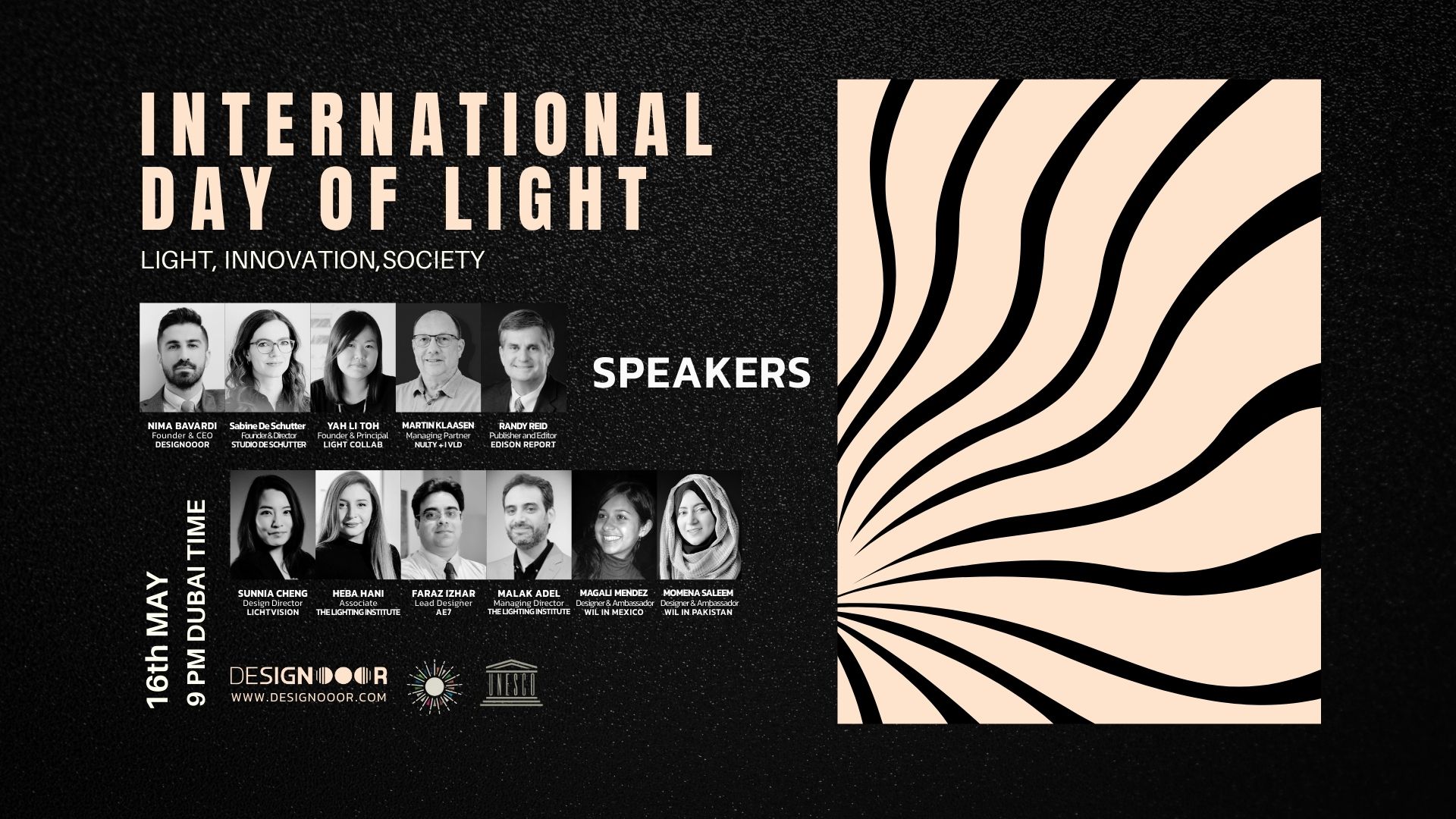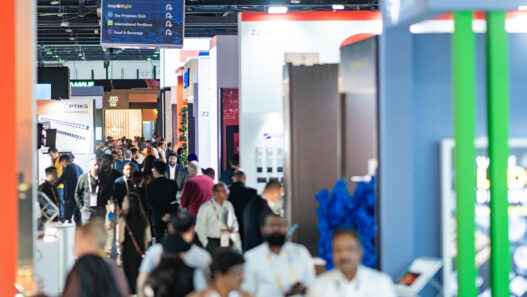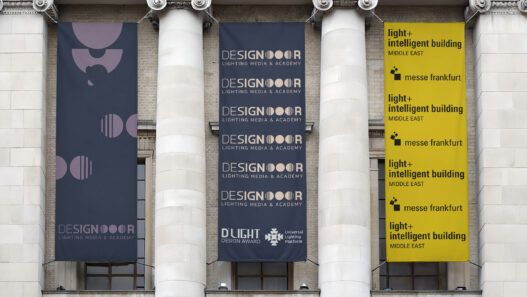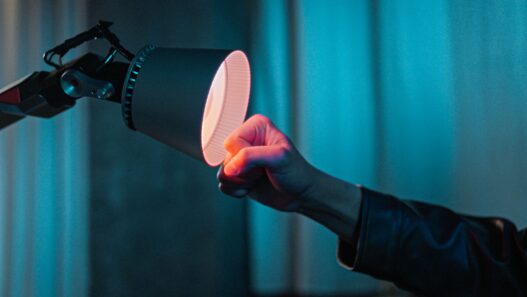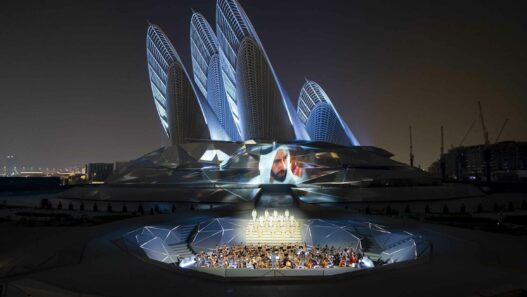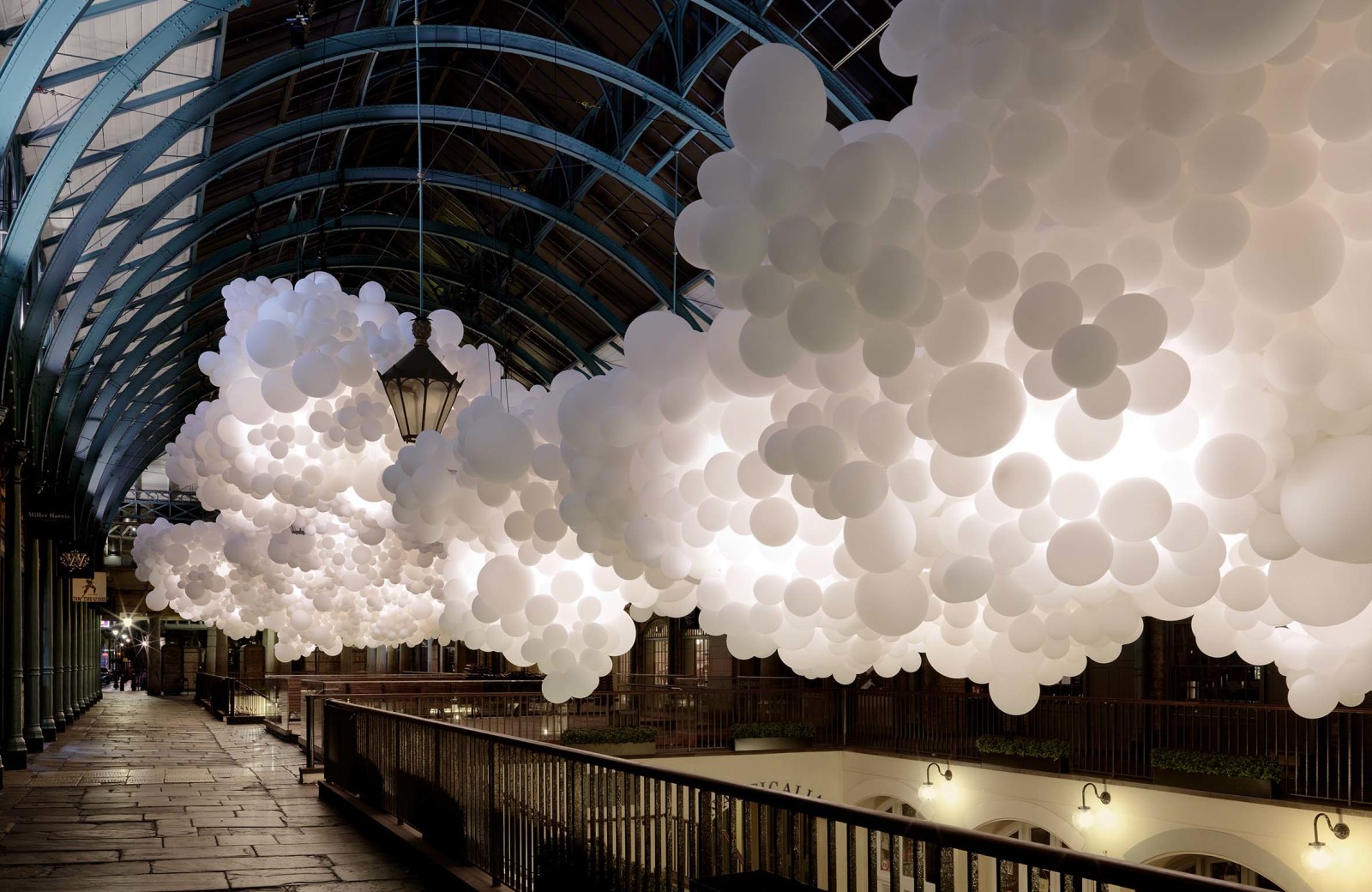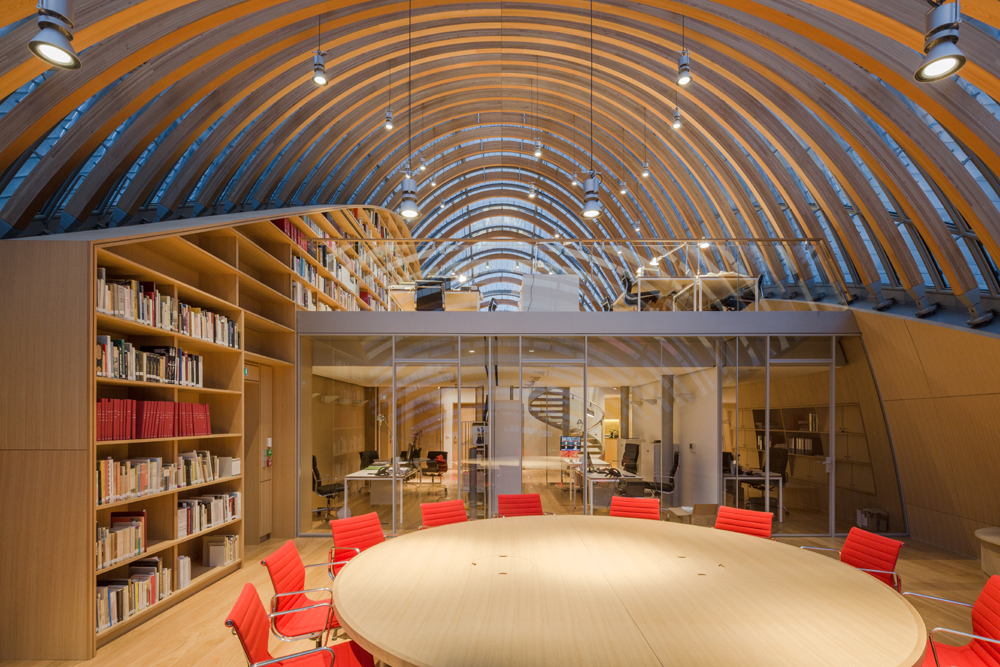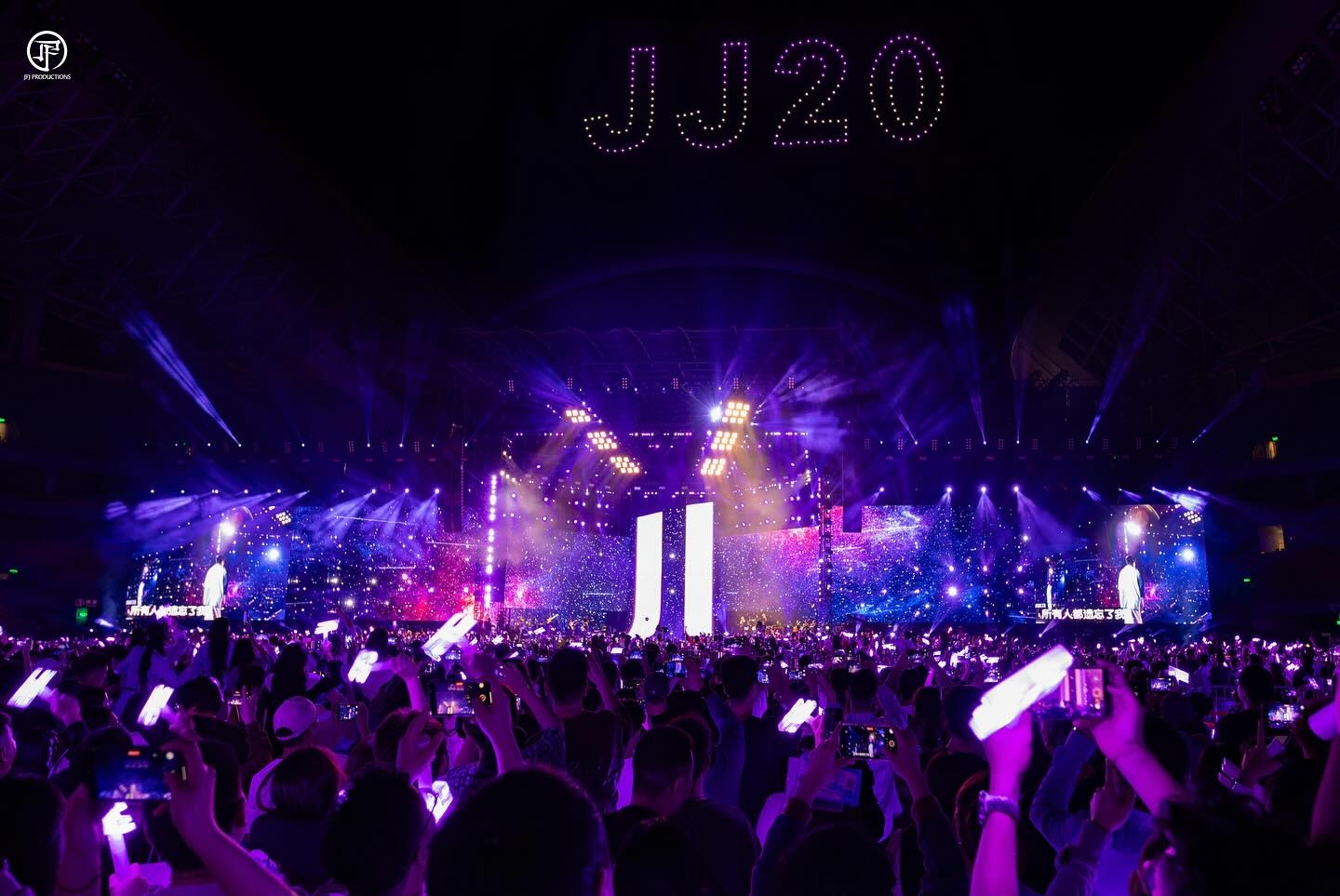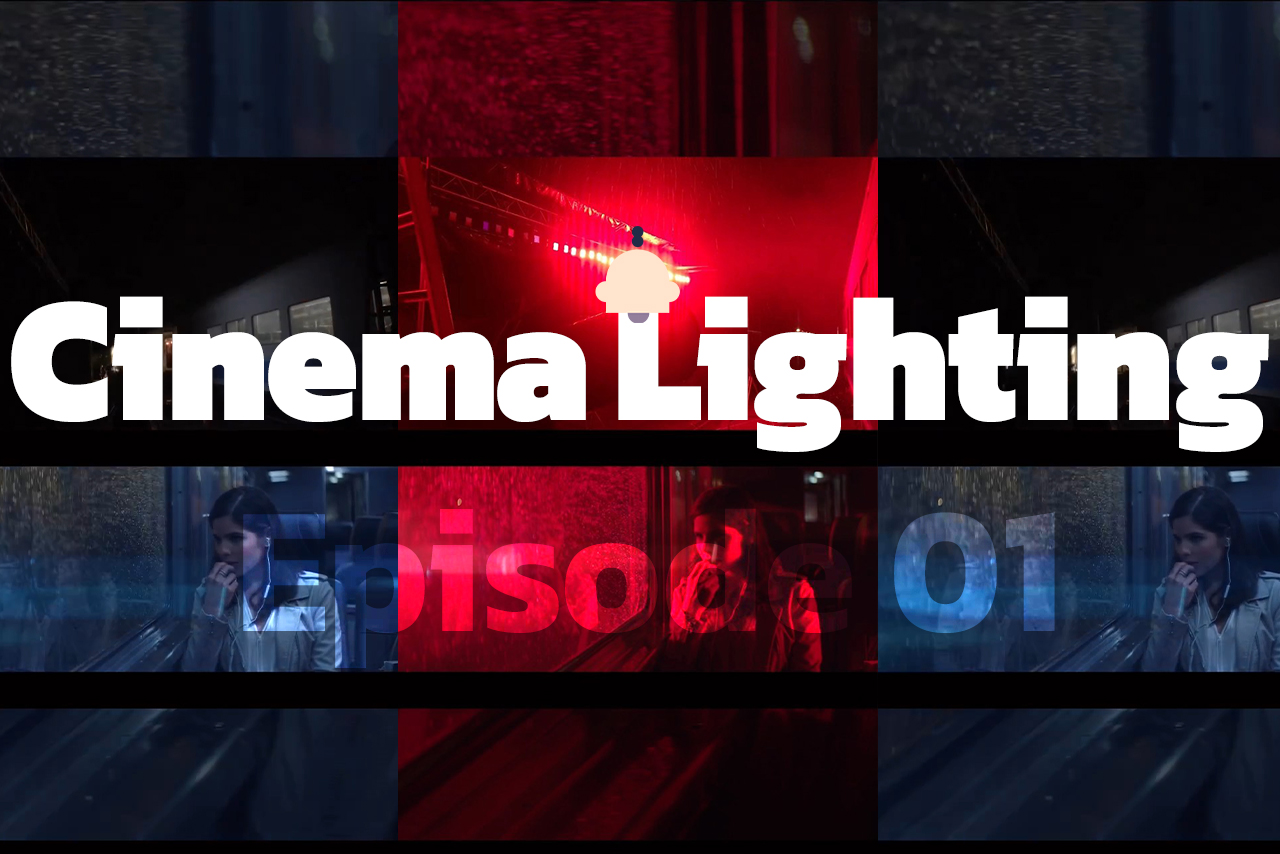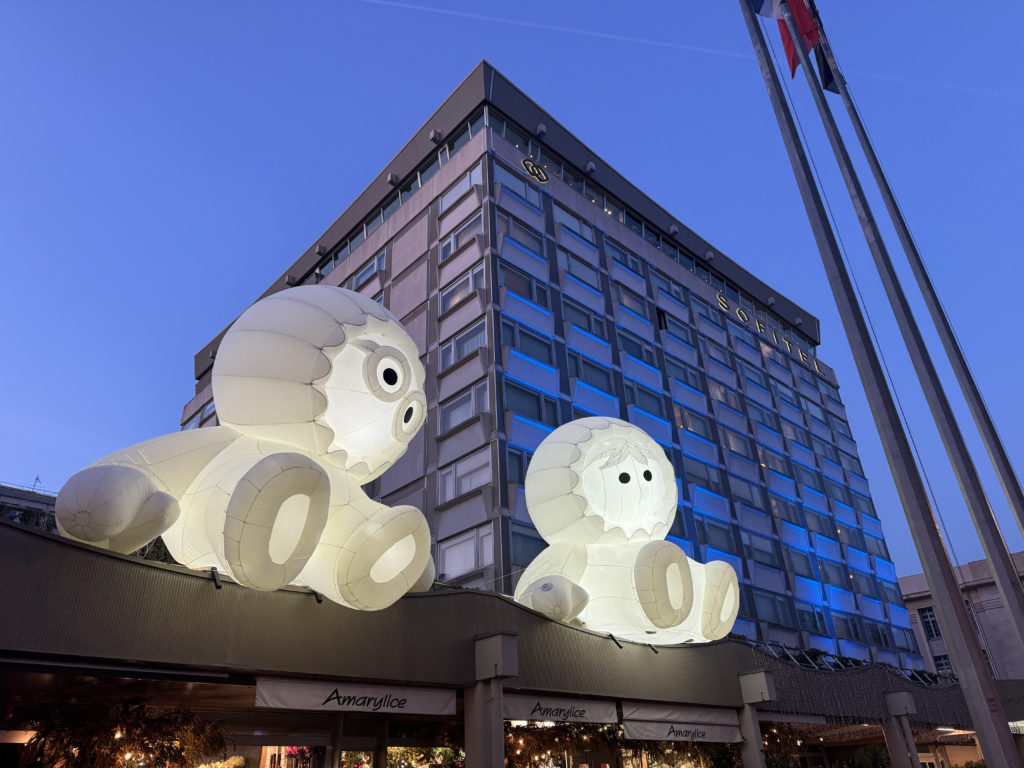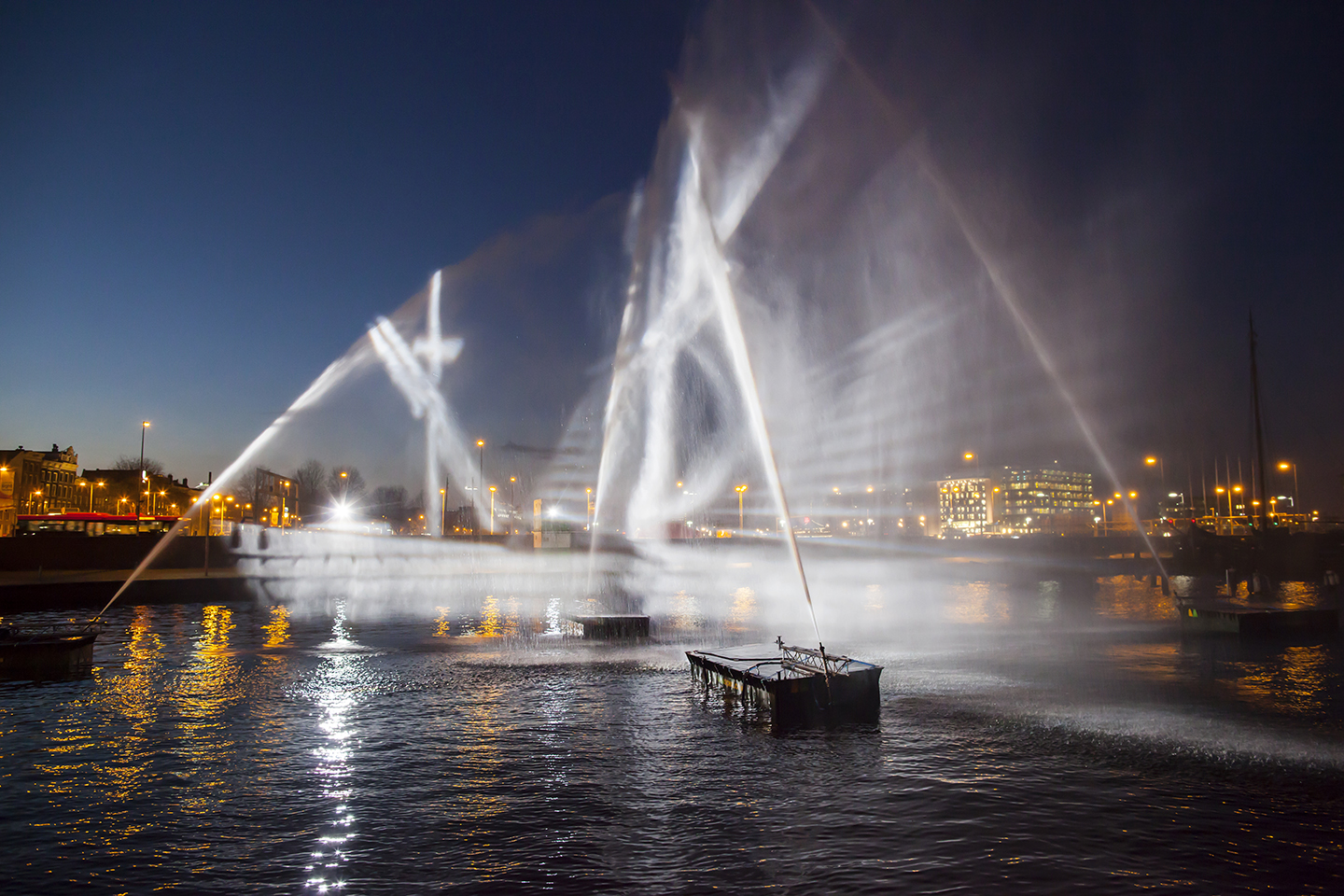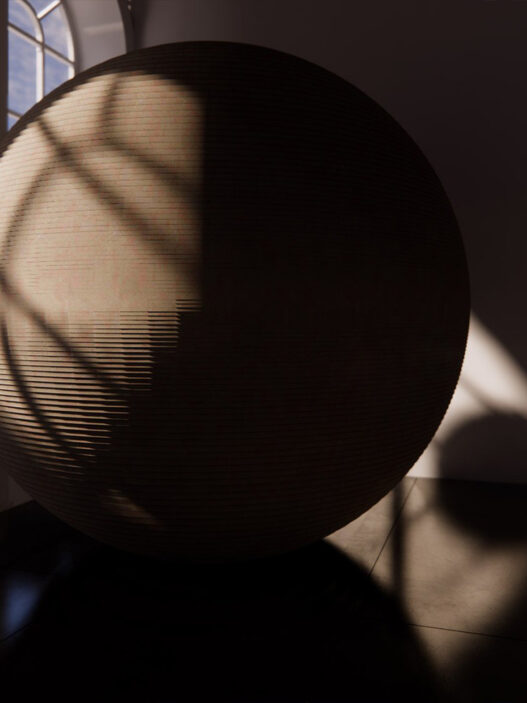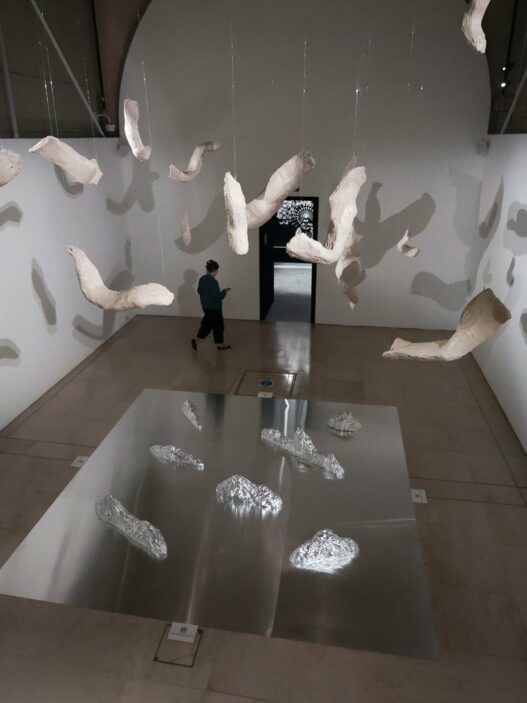At first glance, Charles Pétillon’s Heartbeat, composed of one hundred thousand white balloons, does not merely occupy the ceiling of the South Hall Market, it redefines it. This installation, a massive cloud suspended in mid-air, is not a visual intervention alone, but a performance of emotion, rhythm, and time. The light that pulses gently from within this floating mass is not illumination in the traditional sense; it is a heartbeat, subtle, steady, reviving the hidden spirit of the space. This is a luminous revelation that doesn’t just light the form, but animates it.
From a lighting design perspective, Pétillon resists dramatic contrasts or obvious spectacle. Instead, he remains faithful to the intrinsic nature of light, allowing it to serve sensation rather than dominance. Here, light reveals nothing; rather, it invites contemplation, pause, perhaps even introspection. The slow, rhythmic pulses of light, like the murmur of a heart in slumber, draw the viewer into a space where the boundaries between material and immaterial, real and imagined, are deliberately blurred. Shadows, meanwhile, exist not as the absence of light, but as another layer of experience, like mist rather than darkness. As such, the viewer encounters not confusion or fear, but a soft suspension of perception.
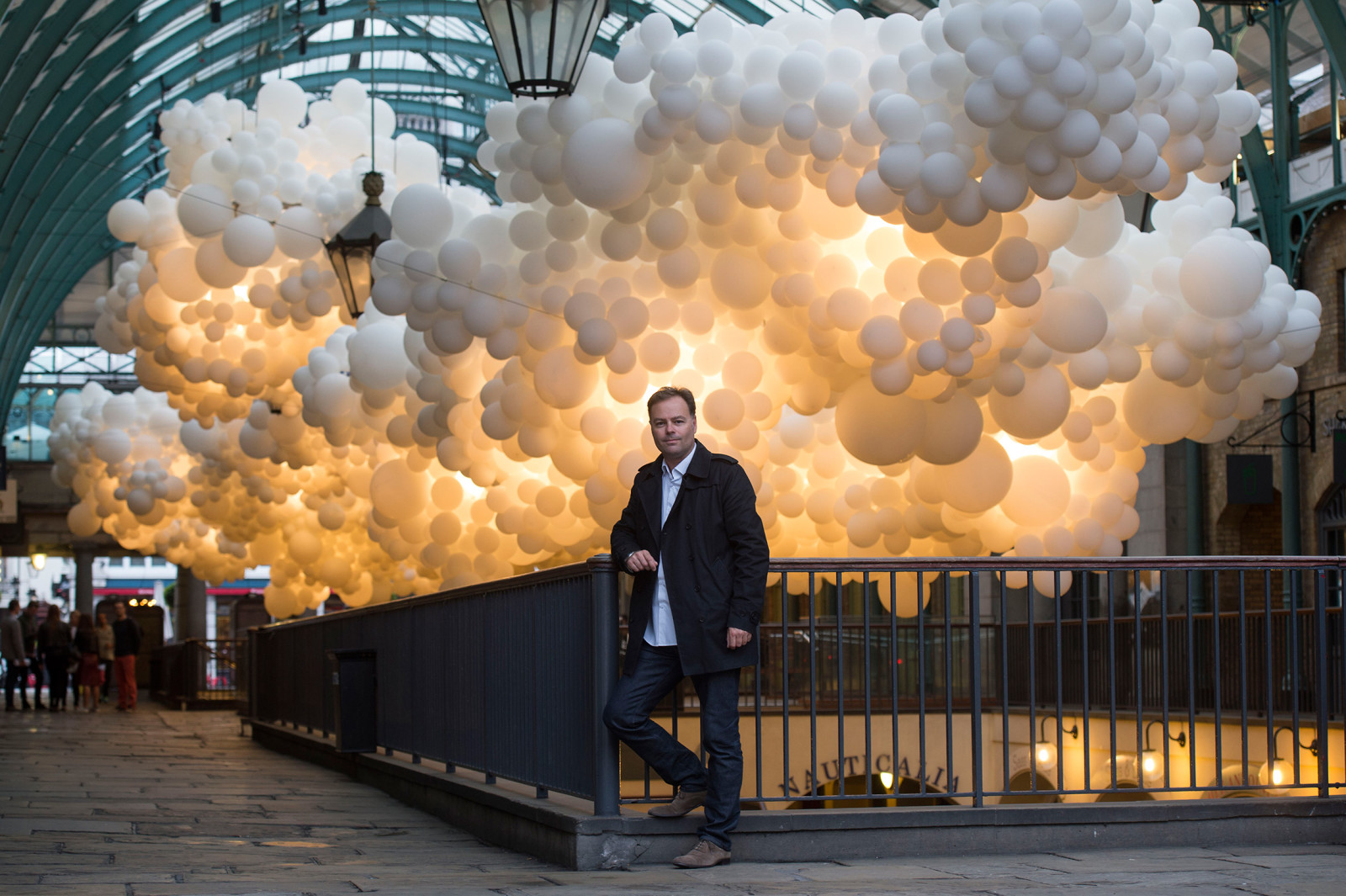
In terms of mechanism and function, the structure of the piece, despite its ethereal visual language is an exercise in intricate engineering. It hovers across a vast space without exerting visual weight or occupying it aggressively. It’s as if Pétillon has challenged gravity using the language of design. But the true strength lies in the interplay between scale and detail: from afar, it reads as a colossal, cloud-like volume, yet up close, each balloon has a role, every interval is intentional. This is the vocabulary of Gestalt, where the whole exceeds the sum of its parts, yet the parts, too, enrich the understanding of the whole. The work’s stability, though physically temporary, lingers in the memory like a dream a fleeting presence with lasting emotional resonance.
As for its inspiration, the resemblance is unmistakably to a cloud, but not just any cloud. It is the kind that drifts silently across a ceiling in a Magritte painting, or floats through childhood dreams before logic dismantles imagination. Heartbeat recalls that surreal cloud in Magritte’s canvases, mute, floating, displaced, and symbolic. Though working with an ordinary material like balloons, Pétillon transcends the mundane through arrangement, lighting, and a deliberate weightlessness. His creation doesn’t seek to explain or instruct; it simply wants to feel, and to evoke feeling.
Ultimately, Heartbeat dwells in the threshold between dream and space, light and matter, stillness and motion. What elevates this installation beyond mere beauty is its boldness in evoking a primal response as if a moment of luminous breath had been planted in the quiet heart of architecture. It is quiet, unpretentious, yet so precise that every step, every glance becomes a kind of meditation. Pétillon, through the language of light and volume, has composed a world that is closer to poetry than to design not because it is poetic, but because it is sincere.
Designer : Charles Pétillon
Photo Credits : Paul GROVER
